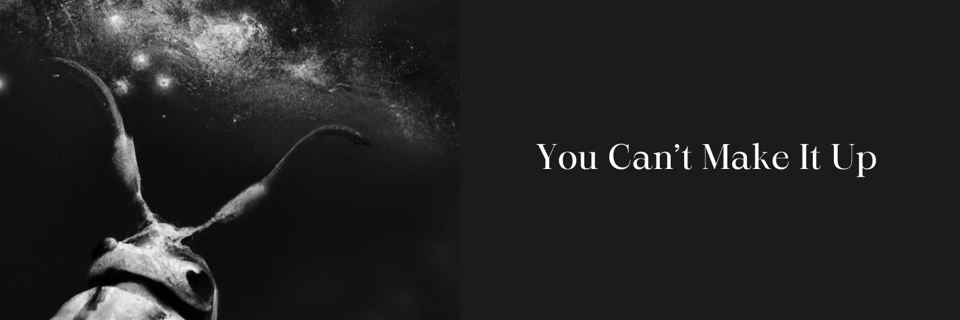Now where did I leave my brain?

It seems that every time you pick up a scientific journal these days, you find another instance of humans underestimating other animals. But research in this area has been going on for a long time. A decade ago biologists at Tufts University taught flatworms to expect a treat to be placed in a certain area of their feeding dishes. Then the researchers lopped of the worms’ heads (making sure to get every last bit of brain). When the heads grew back (a fairly routine procedure in flatworms), the worms retained their memories of where to get the tasty treats.
Several years ago, I wrote about this for National Geographic Kids. At that time, the researchers said that one thing was certain: memories — at least in flatworms — aren’t stored only in the brain. Still, they had no clue where these memories were stored. Well, maybe they did have a clue. And they’ve been following up on that clue ever since. More recent research indicates that changes in the electrical fields in cells (not just brain cells) may serve as a kind of memory storage.
Cool, eh? But the implications are even cooler.
This research suggests that complicated, centralized brains may not be necessary for thinking. And from that, you don’t have to go too far to get to the idea that animals we tend to think of as being more or less robotic, stimulus-response machines can not only think, but feel, and maybe even have a sense of themselves as existing in the world. They may, in fact, have some sort of rudimentary consciousness. (I’ll wait here while you go cancel your pest-control contract).
Recently I wrote about insect consciousness for Science News Explores. If you’re interested, you can find the story here. Let me know what you think.
’til next time,
Avery
If you have friends or family who might enjoy this newsletter, please tell them about it! They can sign up here. And of course, just like you, they can unsubscribe any time, and I will never share email addresses or collect data from my subscribers.
The image of an insect contemplating the cosmos was generated by DALL-E-2, an AI text-to-image model.